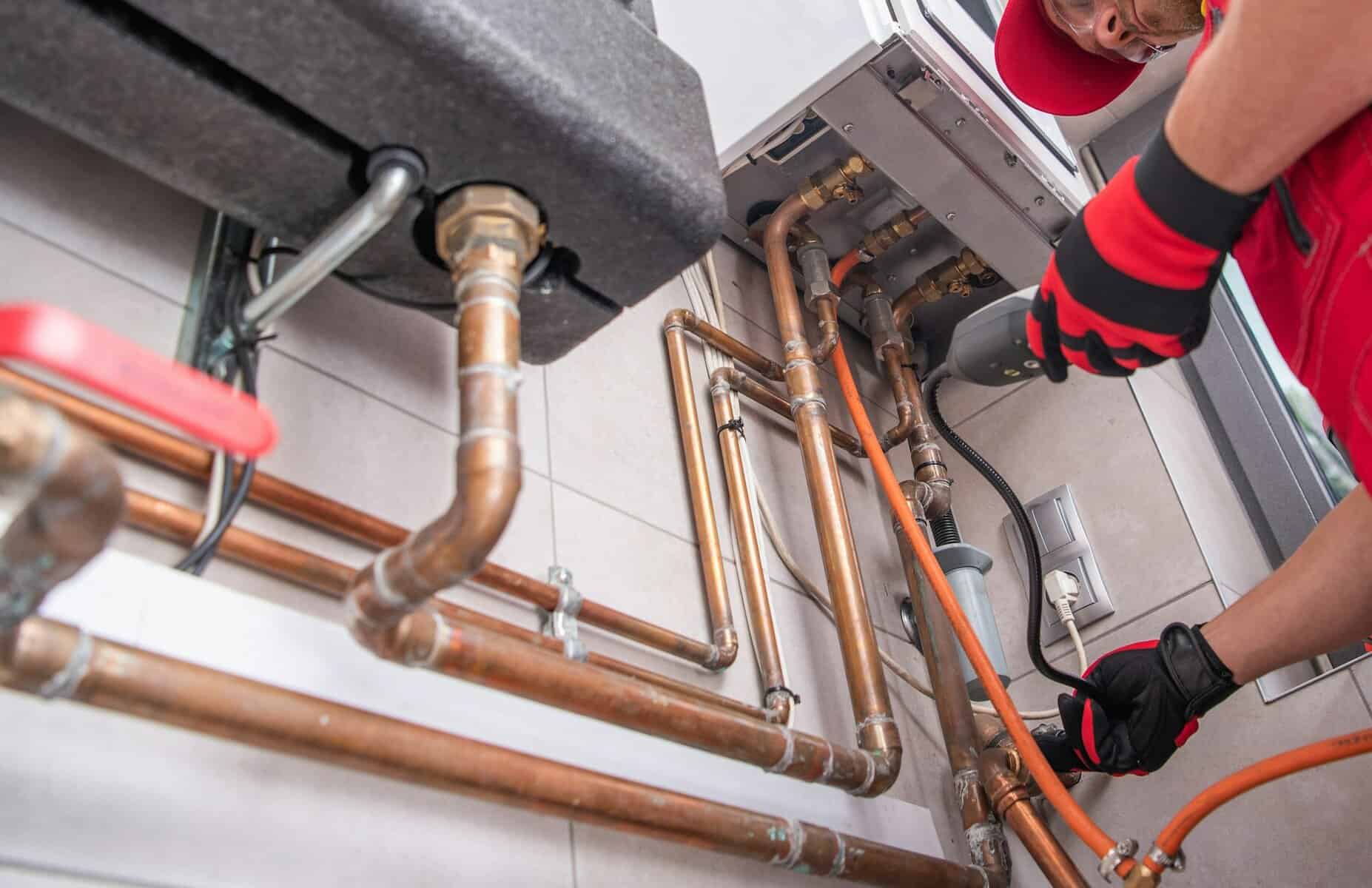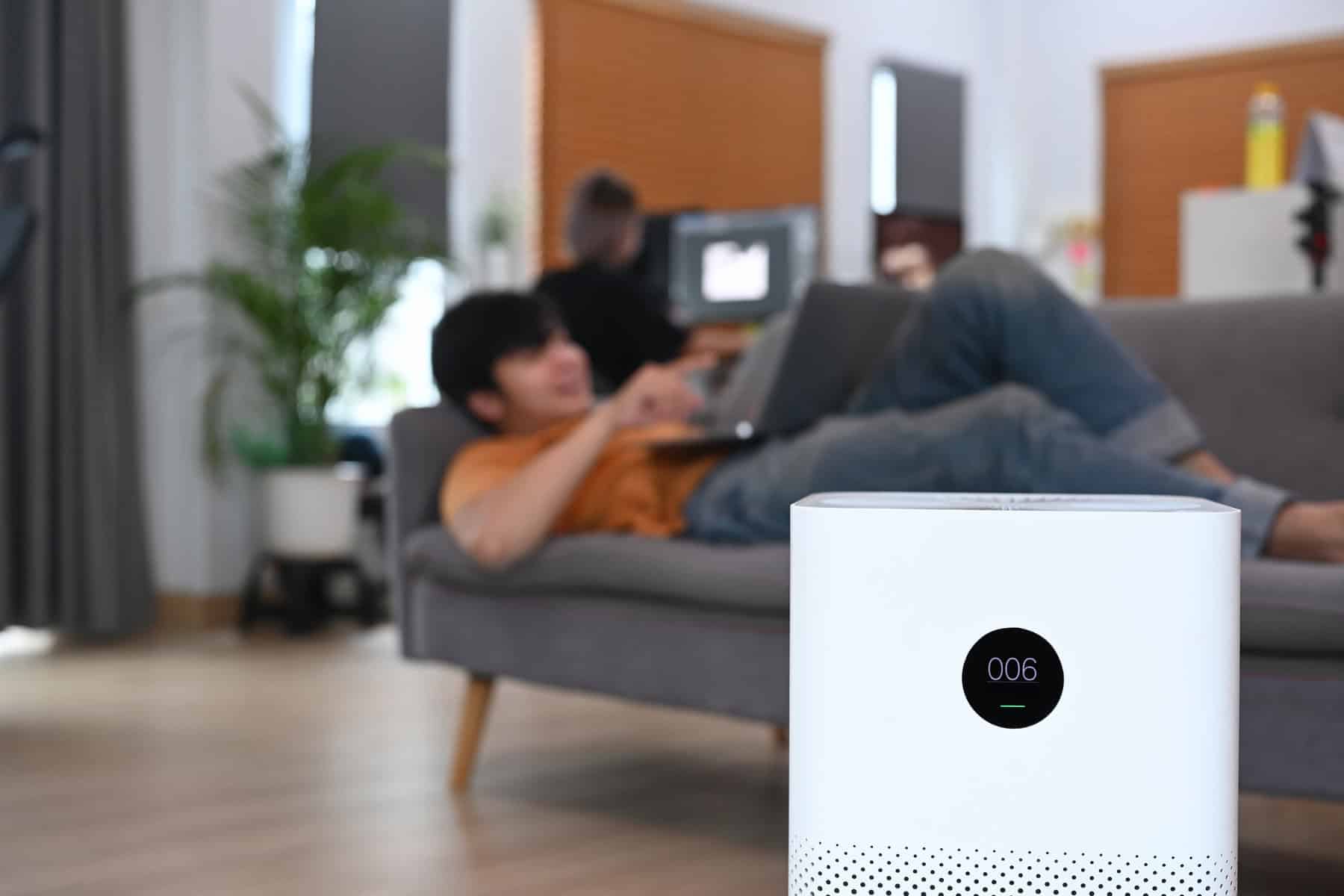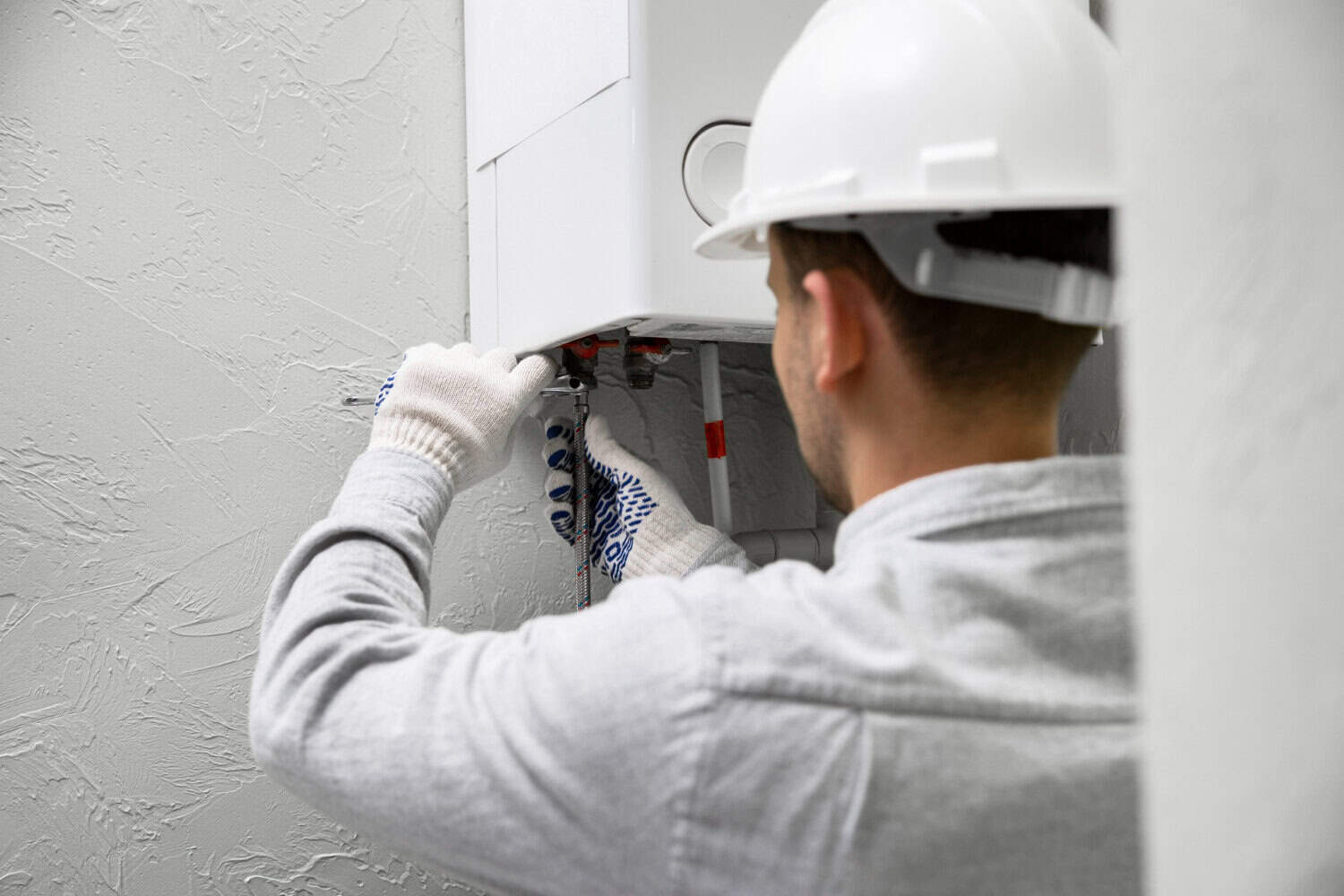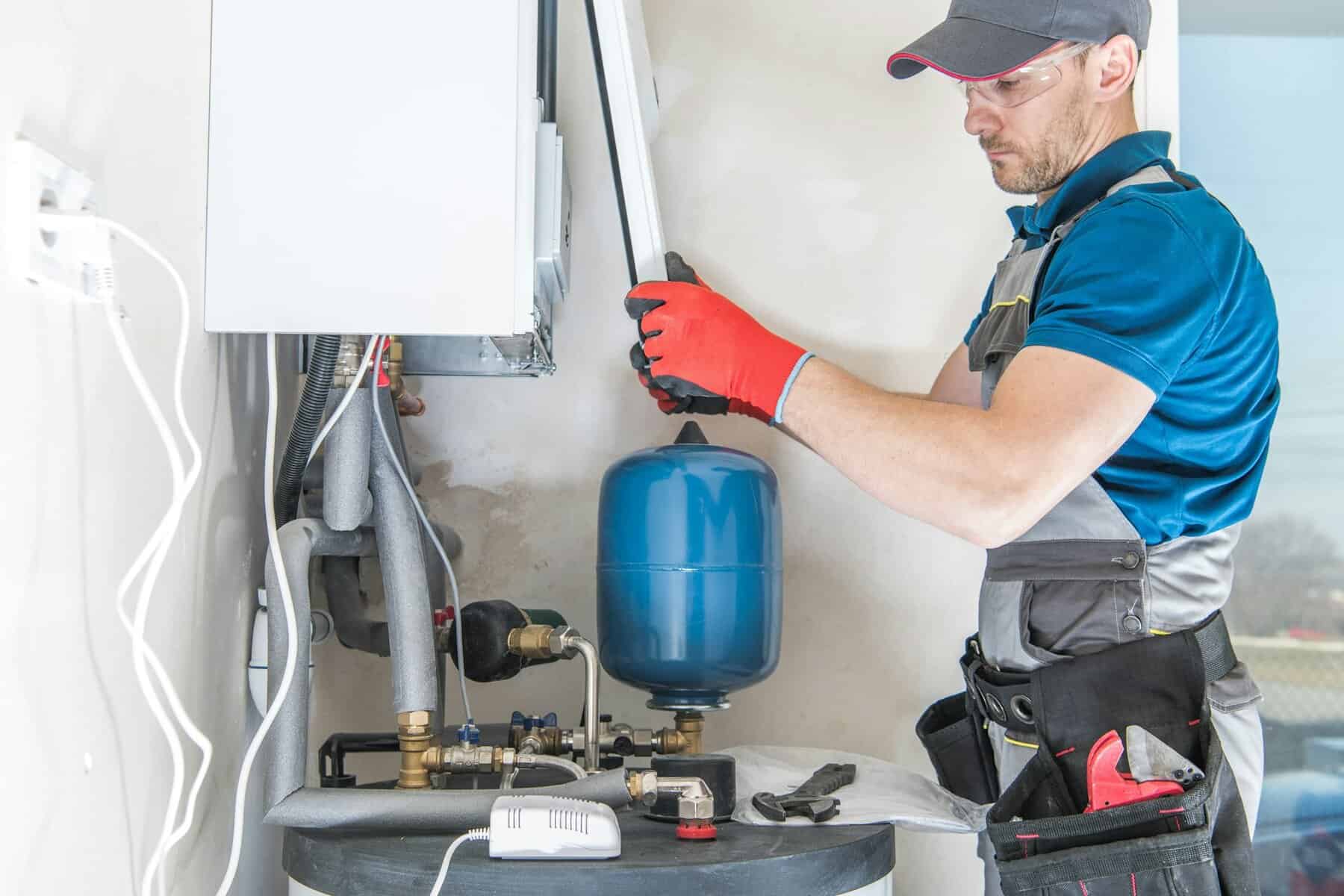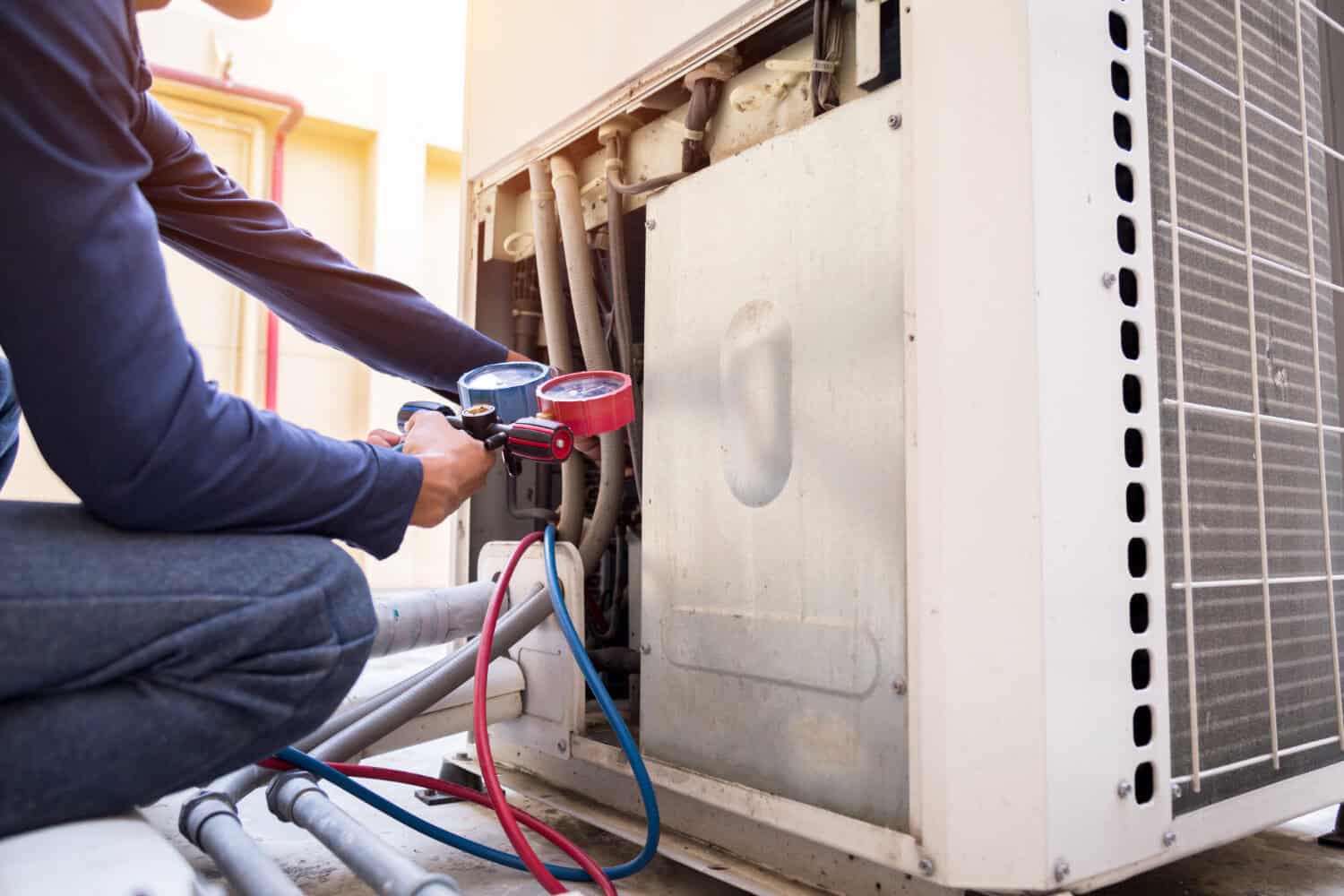Winter brings with it freezing temperatures that can wreak havoc on our plumbing systems. When the temperatures drop, the water inside pipes can freeze, expand, and potentially cause the pipes to burst. This can lead to severe water damage and costly repairs. Understanding the risks and taking preventive measures can save us from winter plumbing nightmares.
Preparation is key to protecting our plumbing from the cold. Winterizing our plumbing involves specific tools and materials that help safeguard pipes against freezing. Knowing what items are necessary and how to use them properly ensures that we are well-prepared for winter’s challenges.
In this article, we’ll dive into understanding the risks associated with freezing temperatures on plumbing. We’ll discuss the essential tools and materials needed for winterizing, provide a step-by-step guide to insulating pipes, and share routine maintenance tips to prevent winter plumbing issues. These insights will help us protect our homes and enjoy a worry-free winter season.
Understanding the Risks of Freezing Temperatures on Plumbing
Freezing temperatures pose significant risks to our plumbing systems. When the water inside the pipes freezes, it expands, leading to increased pressure within the pipes. This pressure can cause the pipes to crack or even burst, resulting in severe water damage. Burst pipes can flood your home, damaging walls, floors, and personal belongings, and necessitating expensive repairs.
It’s not just the burst pipes that are a concern. Even minor leaks caused by freezing can lead to mold and mildew growth, which are hazardous to health. Cold weather can also make it harder to access and repair plumbing issues promptly. By understanding these risks, we are better equipped to take preventive measures and protect our homes from winter’s harsh conditions.
Tools and Materials You Need for Winterizing Your Plumbing
Winterizing your plumbing requires specific tools and materials to effectively protect your pipes from freezing. It’s crucial to gather these items before the cold sets in to ensure you’re fully prepared.
- Pipe Insulation: Insulating materials like foam sleeves or fiberglass insulation help keep pipes warm. They are essential for wrapping around pipes in unheated areas to prevent freezing.
- Heat Tape: This electrically powered tape wraps around pipes to keep them warm. It’s particularly useful for extremely cold areas and can be easily installed along the length of the pipe.
- Shut-off Valves: Installing shut-off valves on outdoor faucets allows you to easily turn off the water supply and drain any remaining water before freezing temperatures hit.
- Outdoor Faucet Covers: These insulated covers protect outdoor faucets from freezing. They are easy to install and provide an extra layer of protection.
- Duct Tape and Scissors: Duct tape helps secure insulation in place, and scissors are needed to cut the insulation material to the correct size.
By gathering these tools and materials, we can efficiently winterize our plumbing systems and reduce the risk of pipe damage during the colder months.
Step-by-Step Guide to Insulating Your Pipes
Insulating your pipes is a crucial step to prevent them from freezing during the winter months. By following these steps, you can safely and effectively insulate your pipes.
- Gather Materials: Collect all necessary materials, including pipe insulation sleeves, heat tape, duct tape, and scissors. Having everything on hand before you start will make the process smoother.
- Measure the Pipes: Measure the length of the pipes you need to insulate. This ensures that you cut the insulation sleeves to the correct size.
- Cut the Insulation: Using scissors, cut the insulation sleeves to fit the measured lengths of pipe. Make sure there’s enough insulation to cover the entire length of each pipe.
- Wrap the Pipes: Open the slit in the insulation sleeves and wrap them carefully around each pipe. Ensure that the insulation is snug and covers the entire pipe’s surface.
- Secure with Duct Tape: Use duct tape to seal the seams where the insulation meets. This holds the insulation in place and prevents it from slipping off.
- Apply Heat Tape: For added protection, especially in extremely cold areas, wrap heat tape around the pipes before insulating. Follow the manufacturer’s instructions for proper use.
By following these steps, we can ensure our pipes are well-insulated and protected against freezing temperatures, reducing the risk of costly damage and repairs.
Routine Maintenance Tips to Prevent Winter Plumbing Issues
Routine maintenance plays a vital role in keeping our plumbing systems running smoothly through the winter. Regular checks and simple actions can prevent many common winter plumbing problems.
- Inspect for Leaks: Regularly check all visible pipes for leaks or drips. Addressing small leaks promptly helps prevent them from becoming larger issues in freezing temperatures.
- Seal Drafts: Seal any drafts around windows, doors, and spaces where pipes enter your home. Cold air entering through these gaps can cause pipes to freeze.
- Disconnect Outdoor Hoses: Always disconnect and store garden hoses before winter. Leaving hoses connected can cause water to back up into the pipes and freeze.
- Keep Cabinet Doors Open: In areas where pipes are located inside cabinets, such as under the kitchen sink, keep cabinet doors open during extremely cold weather. This allows warm air to circulate around the pipes.
- Maintain Heating: Ensure your home’s heating system is in good working order, and keep your thermostat set to a consistent temperature. Even when you’re away, maintaining a moderate temperature prevents pipes from freezing.
- Drain Outdoor Faucets: Turn off the water supply to outdoor faucets and drain any remaining water. Use insulated covers to protect the faucets from freezing.
By following these routine maintenance tips, we can significantly reduce the risk of winter plumbing issues and keep our homes safe and dry.
Conclusion
Protecting your plumbing during winter is essential for avoiding expensive repairs and maintaining a comfortable living environment. By understanding the risks of freezing temperatures, gathering the right tools and materials for winterizing, and effectively insulating your pipes, you can safeguard your home from potential damage. Regular maintenance further ensures that your plumbing system remains in top shape throughout the cold months.
For expert HVAC and plumbing services in Saratoga Springs and The Capital Region, trust My Jockey. Our professional plumbing services are ready to help you winterize your home and prevent any plumbing issues. Contact My Jockey today to schedule your service and enjoy a worry-free winter.

